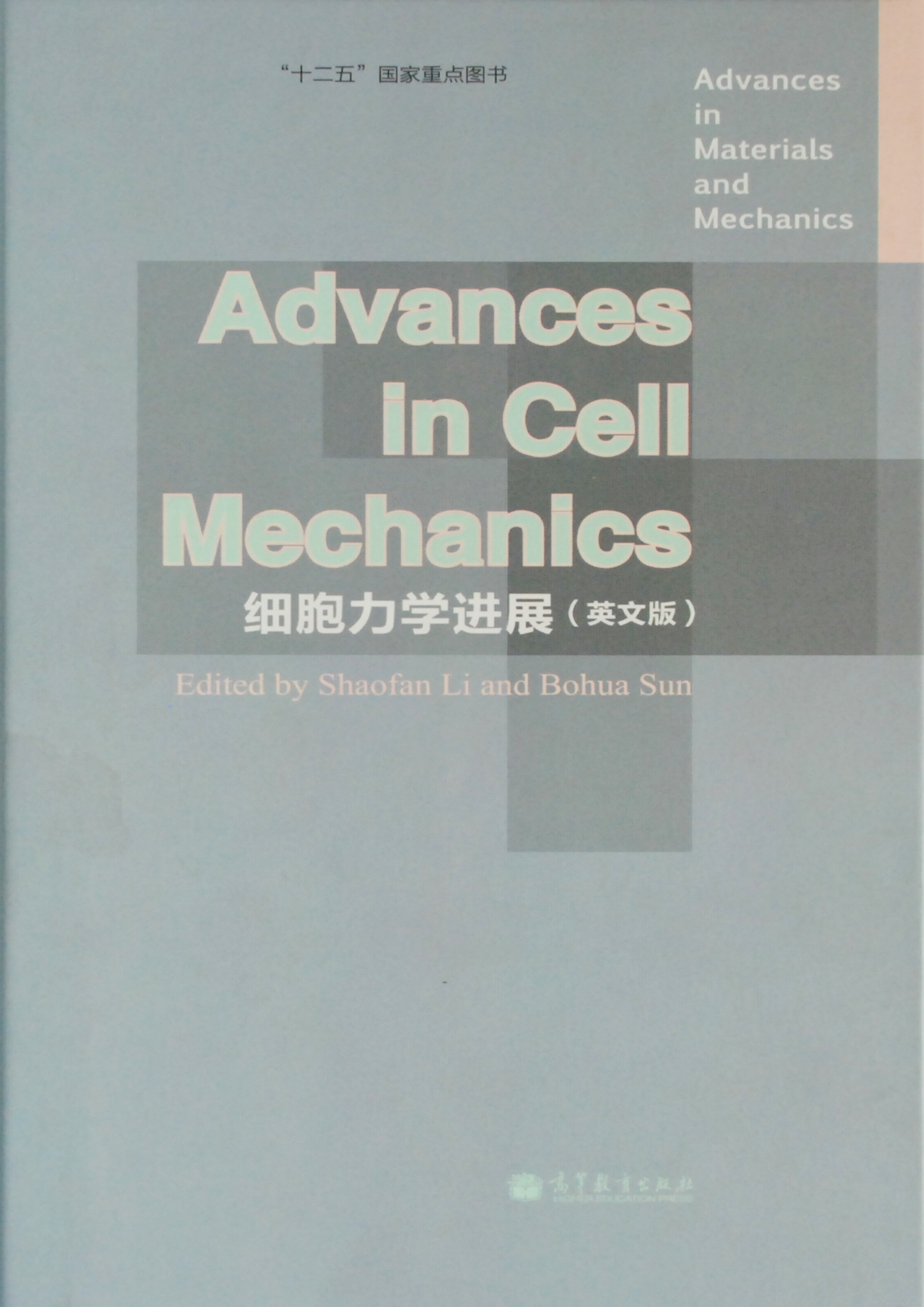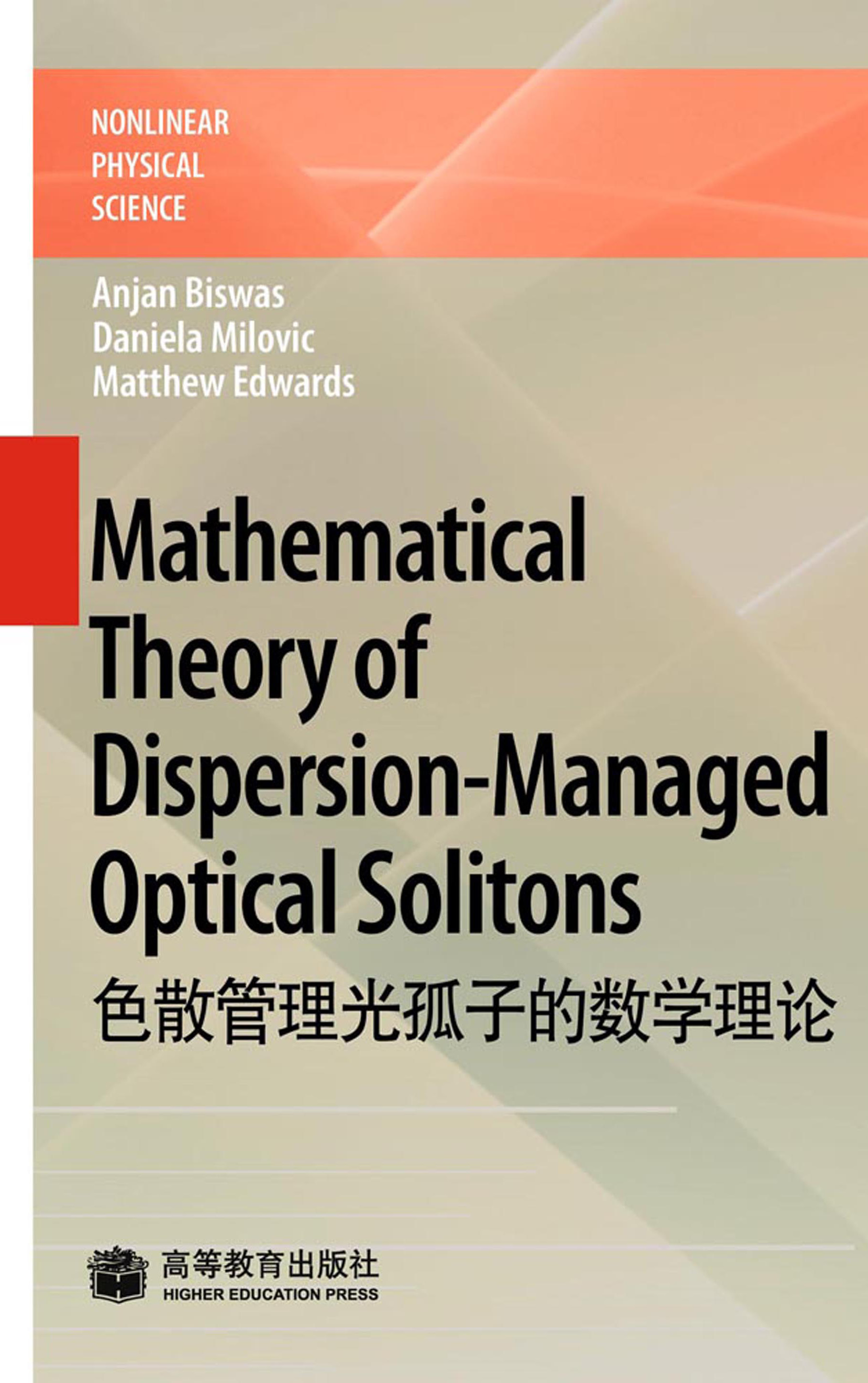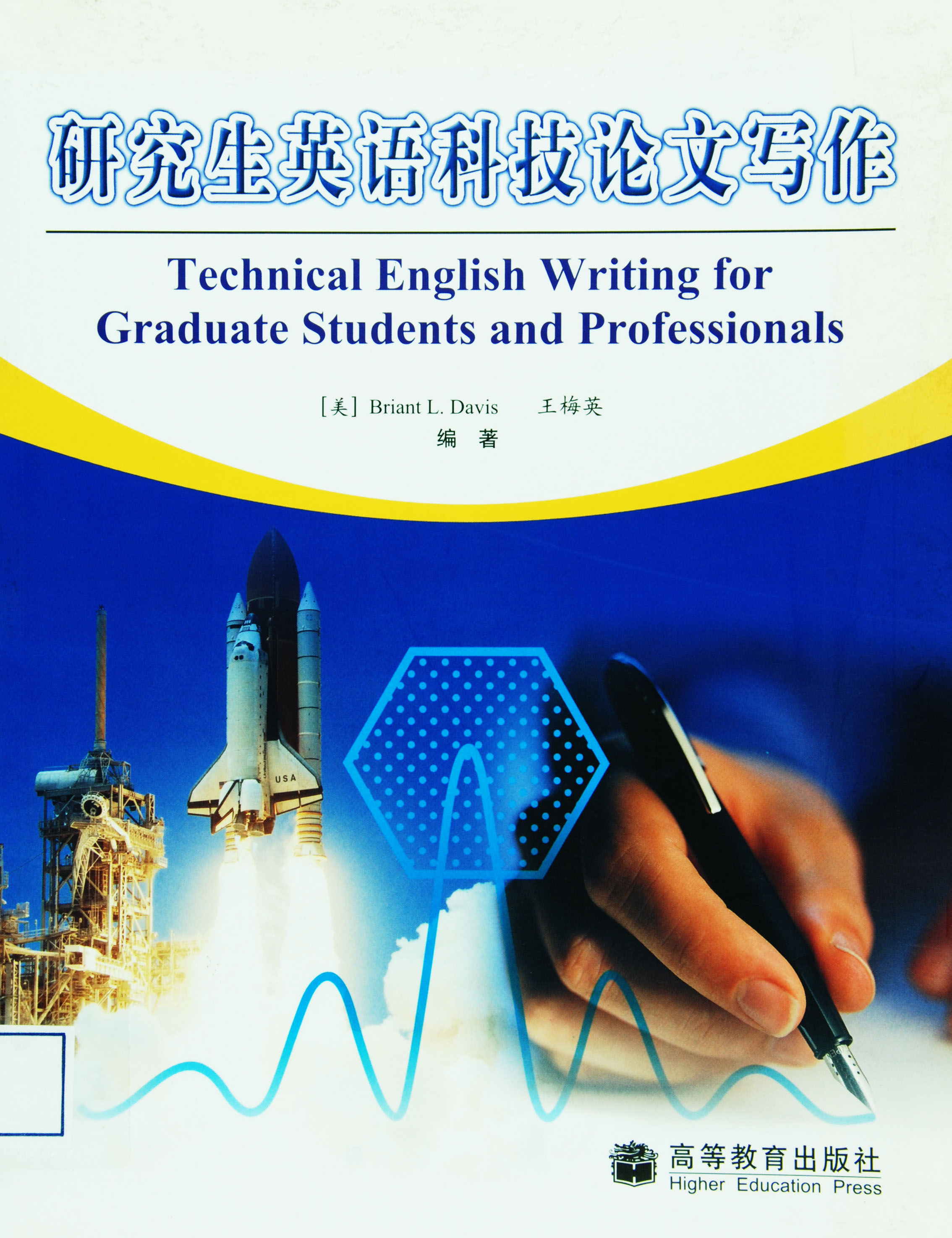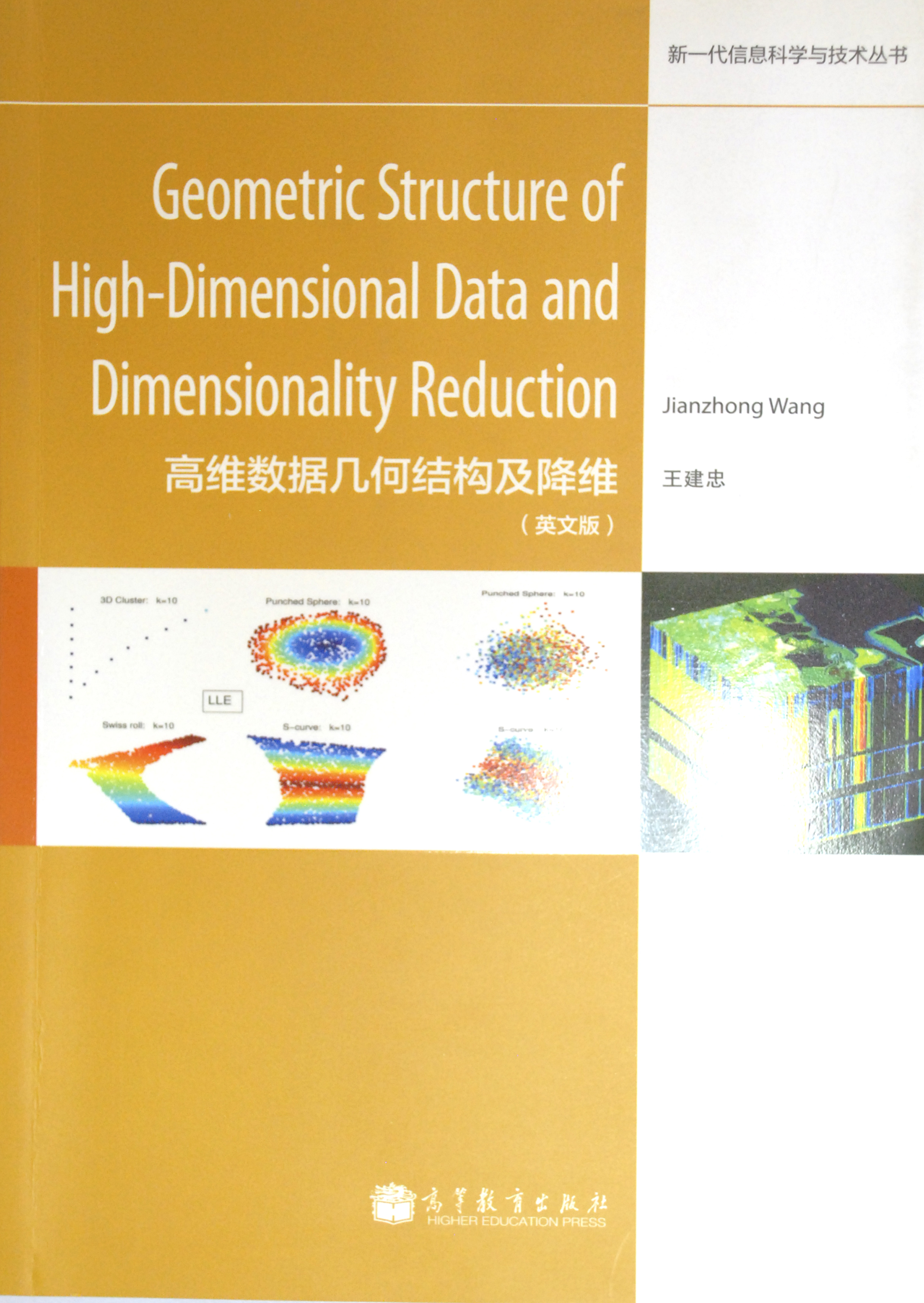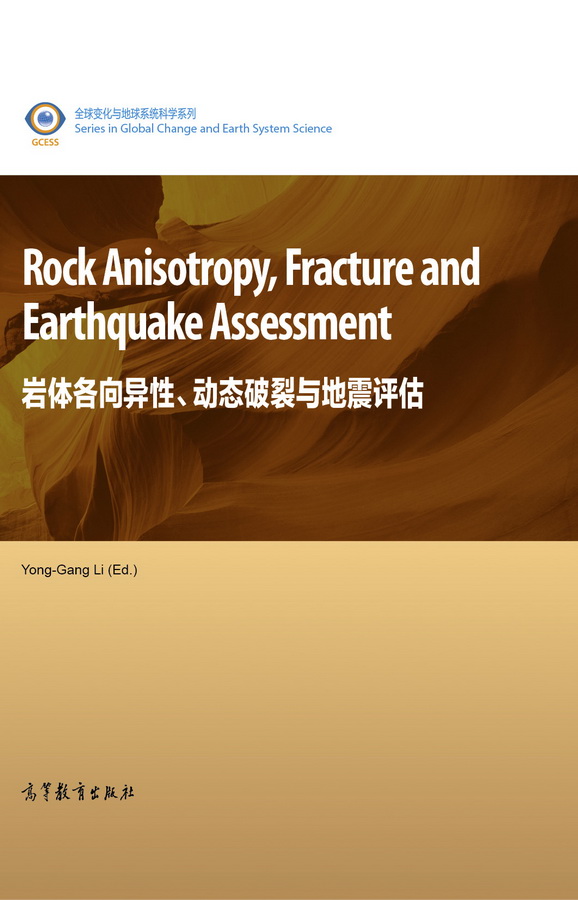细胞力学进展(英文版)
作者: Shaofan Li,Bohua Sun
出版时间:2011-06
出版社:高等教育出版社
- 高等教育出版社
- 9787040317305
- 1版
- 227345
- 48266608-8
- 精装
- 16开
- 2011-06
- 420
- 284
- 工学
- 材料类
- 材料、力学类
- 研究生及以上
In this book,we have selected nine research works at the forefront of molecular and cellular biomechanics to be introduced to our readers.It 1S ouropinion that these works represent the current trend and future directions of cellular biomechanics research.By compiling these different topics into one volume.a unique perspective iS provided on the current state of cell mechanics research and what lies in the future.
Front Matter
Chapter 1 Modeling and Simulations of the Dynamics of Growing Cell Clusters
1.1 Introduction
1.2 Single cell geometry and kinematics
1.2.1 The continuum model
1.2.2 The numerical model for the cell geometry
1.3 Single cell equilibrium and material model
1.3.1 Cell equilibrium
1.3.2 The material model
1.3.3 Determination of material constants
1.4 Modeling cell interactions
1.4.1 Cell-to-cell contact
1.4.2 Cell-to-cell adhesion
1.4.3 Cell-to-cell interaction test
1.5 Modeling the cell life cycle
1.6 Details of the numerical implementation
1.6.1 The ¯nite element model
1.6.2 Contact/adhesion interface detection
1.6.3 Time integration
1.6.4 Parallelization
1.7 Numerical results
1.8 Summary and conclusions
References
Chapter 2 Multiscale Biomechanical Modeling of Stem Cell-Extracellular Matrix Interactions
2.1 Introduction
2.2 Cell and ECM modeling
2.2.1 Basic hypothesis and assumptions
2.2.2 Hyperelastic model
2.2.3 Liquid crystal model
2.3 Contact and adhesion models for cell-substrate interactions
2.3.1 The adhesive body force with continuum mechanics contact
2.3.2 The cohesive contact model
2.4 Meshfree Galerkin formulation and the computational algorithm
2.5 Numerical simulations
2.5.1 Validation of the material models
2.5.2 Cell response in four di®erent sti®ness substrates
2.5.3 Cell response to a sti®ness-varying substrate
2.5.4 Comparison of two di®erent contact algorithms
2.5.5 Three-dimensional simulation of cell spreading
2.6 Discussion and conclusions
References
Chapter 3 Modeling of Proteins and Their Interactions with Solvent
3.1 Introduction
3.2 Classical molecular dynamics
3.2.1 Coarse-grained model
3.2.2 High performance computing
3.3 Principal component analysis
3.3.1 Three oscillators system analysis with PCA
3.3.2 Quasi-harmonic analysis
3.3.3 Equilibrium conformational analysis
3.4 Methods and procedures
3.4.1 Framework
3.4.2 Overlap coe±cients
3.4.3 Correlation analysis
3.4.4 PCA with MD simulation
3.4.5 Kabsch algorithm
3.4.6 Positional correlation matrix
3.4.7 Cluster analysis
3.5 MD simulation with T4 lysozyme
3.5.1 Equilibration measures
3.5.2 Fluctuation analysis
3.5.3 Mode selection and evaluation
3.5.4 Eigenvalue analysis
3.5.5 Overlap evaluation
3.5.6 Identi¯cation of slow conformational °exibility
3.5.7 Correlation analysis of T4 lysozyme
3.6 Hemoglobin and sickle cell anemia
3.6.1 Molecular dynamic simulation with NAMD
3.6.2 Conformational change analysis
3.6.3 PCA analysis
3.6.4 Correlation analysis with HbS interaction
3.7 Conclusion
References
Chapter 4 Structural, Mechanical and Functional Properties of Intermediate Filaments from the Atomistic to the Cellular Scales
4.1 Introduction
4.1.1 Hierarchical structure of vimentin intermediate laments
4.1.2 The structural and physiological character of keratin
4.2 Connecting ¯laments to cells level function and pathology
4.2.1 Bending and stretching properties of IFs in cells
4.2.2 IFs responding di®erently to tensile and shear stresses
4.2.3 Mechanotransduction through the intermediate lament network
4.3 Experimental mechanics
4.3.1 Single ¯lament mechanics
4.3.2 Rheology of IF networks in vitro
4.3.3 IF networks rheology in cells
4.4 Case studies
4.4.1 Single vimentin ¯lament mechanics
4.4.2 Network mechanics
4.4.3 The mechanical role of intermediate ¯lament in cellular system
4.5 Conclusion
References
Chapter 5 Cytoskeletal Mechanics and Rheology
5.1 Introduction
5.2 Modelling semi°exible ¯lament dynamics
5.3 Experimental measurements
5.3.1 Glass microneedles
5.3.2 Cell poking
5.3.3 Atomic force microscopy
5.3.4 Micropipette aspiration
5.3.5 Microplates
5.3.6 Parallel-plate °ow chambers
5.3.7 Optical tweezers
5.3.8 Magnetic traps
5.4 Computational models
5.5 Conclusion
References
Chapter 6 On the Application of Multiphasic Theories to the Problem of Cell-substrate Mechanical Interactions
6.1 Introduction
6.2 The physics of contractile ¯broblasts and their interactions with an elastic substrate
6.2.1 Cell spreading, contractility and substrate elasticity
6.2.2 Molecular mechanisms of cell contractility
6.3 Multiphasic mixture theory and cell contractility
6.3.1 The cytoplasm as a quadriphasic medium
6.3.2 Mass transport and mass exchange within the cell
6.3.3 Contractility and force balance
6.3.4 Model's prediction for simple cases
6.4 Interaction between contractile cells and compliant substrates
6.4.1 Two-dimensional plane stress formulation
6.4.2 Numerical strategy: XFEM-level methods
6.4.3 Analysis of mechanical interactions between a contractile cell and an elastic substrate
6.5 Summary and conclusion
6.5.1 Summary
6.5.2 Limitations of the multiphasic approach
6.5.3 Concluding remark
References
Chapter 7 E®ect of Substrate Rigidity on the Growth of Nascent Adhesion Sites
7.1 Introduction
7.2 Model
7.3 Results and Discussion
7.4 Conclusion
References
Chapter 8 Opto-Hydrodynamic Trapping for Multiaxial Single-Cell Biomechanics
8.1 Introduction
8.2 Optical-hydrodynamic trapping
8.2.1 Optical physics and micro°uidics
8.2.2 Theoretical stress analysis
8.2.3 Experimental and computational °ow validation
8.2.4 Applied stresses and strain response
8.2.5 Multiaxial single-cell biomechanics
8.3 Discussion
References
Chapter 9 Application of Nonlocal Shell Models to Microtubule Buckling in Living Cells
9.1 Introduction
9.2 Nonlocal shell theories
9.2.1 Constitutive relations
9.2.2 Shear deformable shell model
9.2.3 Thin shell model
9.3 Bending buckling analysis
9.4 Numerical results and discussion
9.5 Conclusions
Appendix A
Appendix B
Appendix C
Appendix D
References
彩图

